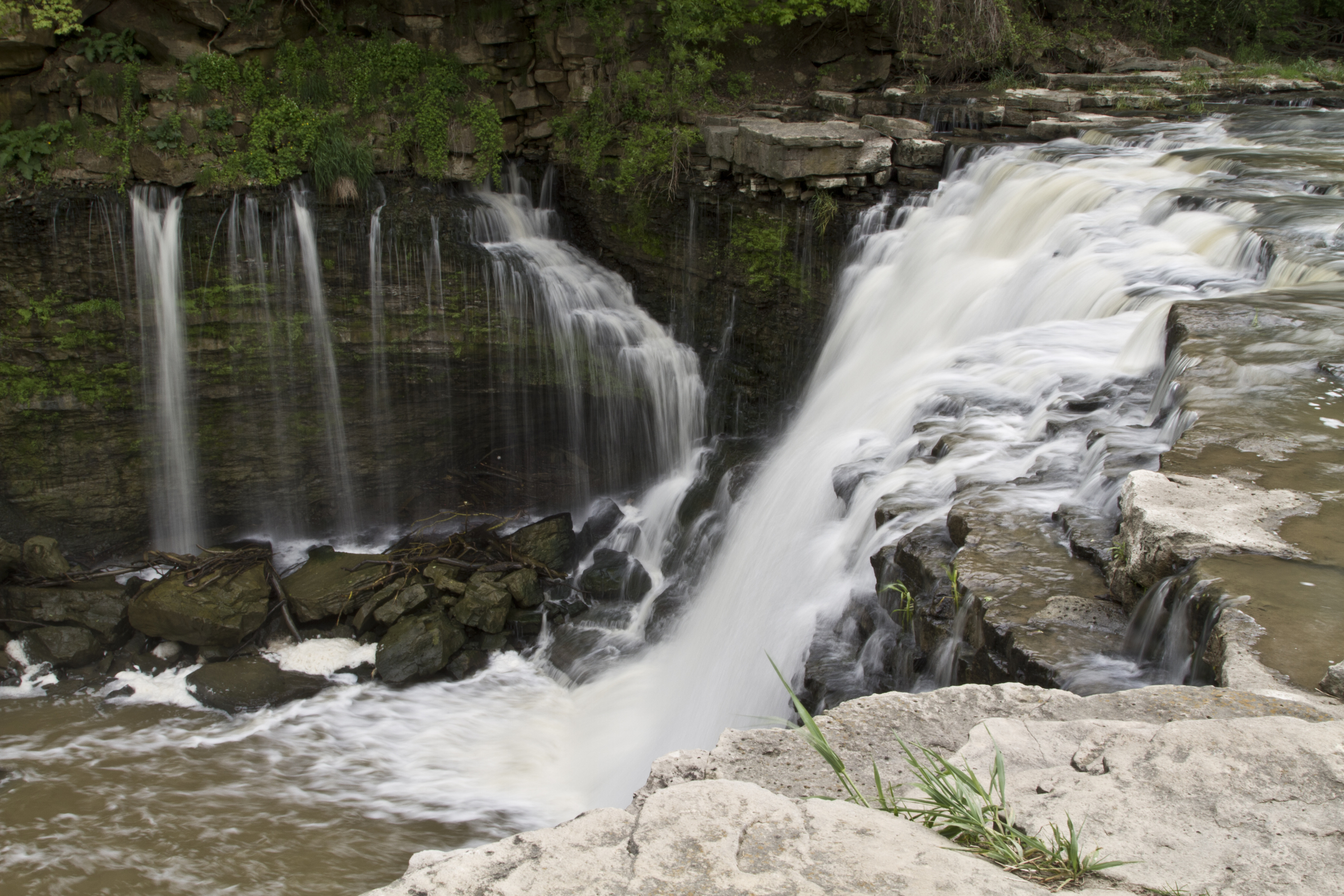

Aquanty Staff Research Highlight – Saturated hydraulic conductivity in northern peats inferred from other measurements
Morris et al. 2022 is a meta-analysis of 2507 peatland soil samples across Northern Canada and parts of Europe, which relates saturated hydraulic conductivity to depth and more commonly measured parameters like bulk density or the Van Post Humification Scale.



HGS RESEARCH HIGHLIGHT – Evaluation of baseflow separation methods with real and synthetic streamflow data from a watershed
Stream baseflow is inherently difficult to accurately estimate given the varied sources contributing to baseflow, it’s spatial variability, and the logistical difficulties in making physical baseflow measurements. Thanks to the fully integrated nature of HydroGeoSphere, and the fact that HGS was created with a strong emphasis on physics, HydroGeoSphere represents a very powerful tool for baseflow estimation, especially in lightly studies watersheds!


HGS RESEARCH HIGHLIGHT – Sequential surface and subsurface flow modeling in a tropical aquifer under different rainfall scenarios
This paper demonstrates how HGS is flexible enough to model specific regions/domains of interest (i.e. including discrete fracture networks, but without integrated surface hydrology) and can be used in conjunction with other hydrologic modelling platforms.


HGS RESEARCH HIGHLIGHT – Combining experimental and modelling approaches to monitor the transport of an artificial tracer through the hyporheic zone
HGS users at a consortium of French research laboratories makes excellent use of the integrated nature of HydroGeoSphere simulations to investigate hyporheic exchange and mixing processes, relying on both experimental (i.e. tracer tests) and modelling techniques. The authors concluded that the mixed experimental/modelling approach used in this study allowed them to “resolve some of the uncertainties inherent in our understanding of transient storage and hyporheic exchange.”
